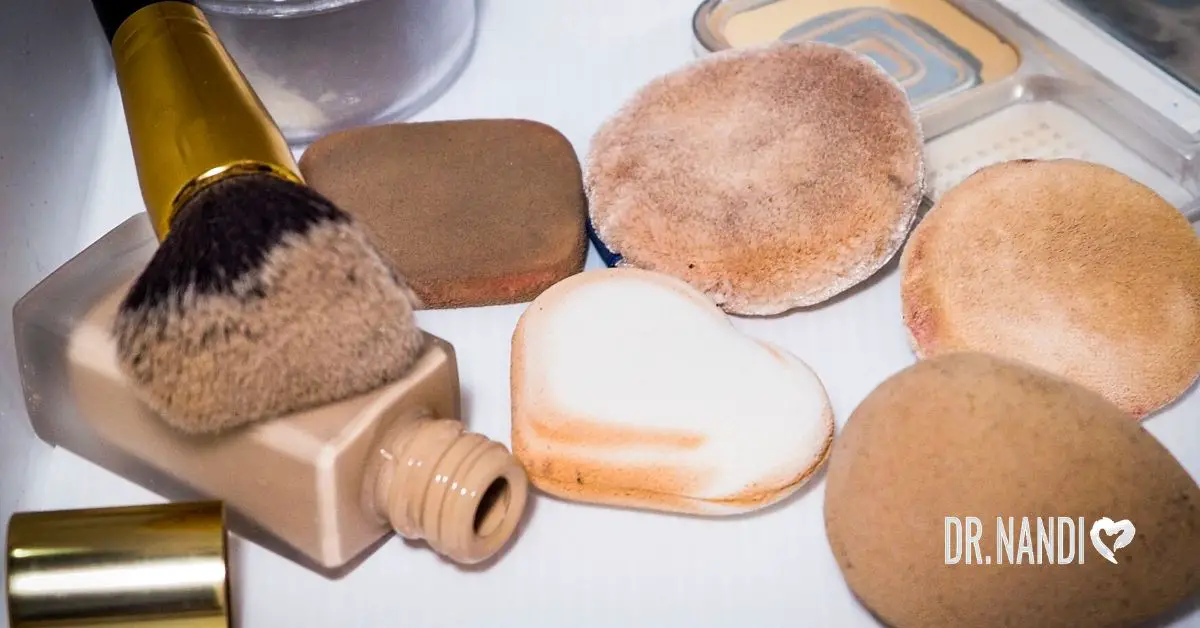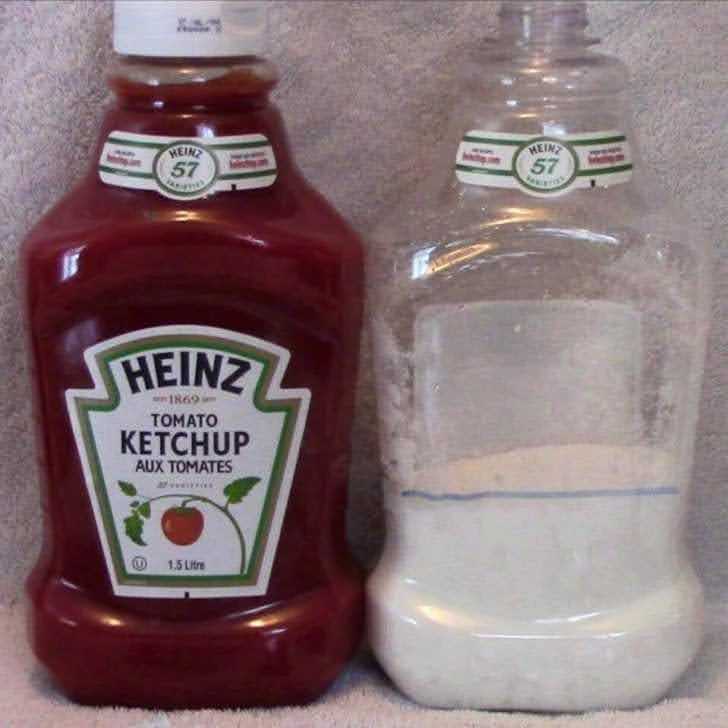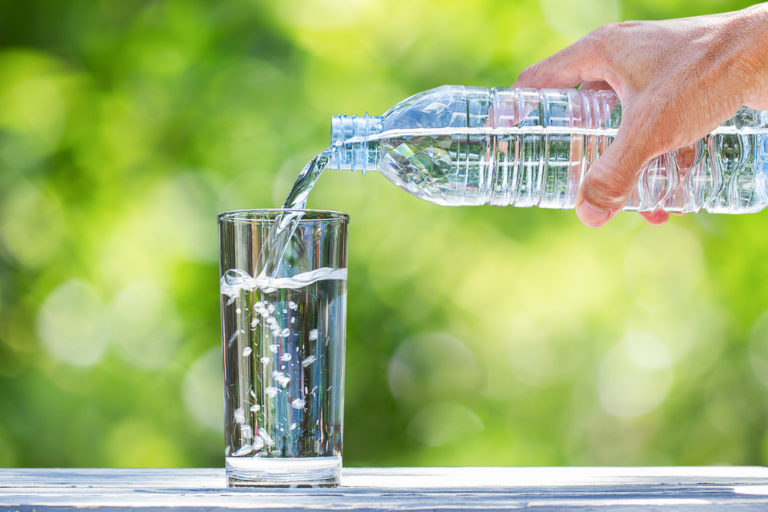Researchers looked at used lipsticks, lip glosses, mascaras, eyeliners, and makeup sponges and found an alarming amount of Staphylococcus aureus, E. coli, and Citrobacter freundii. In fact, between 70 – 90% of the products tested were crawling with microbes. These bacteria can cause skin infections, urinary tract infections, and food poisoning.
What Level Of Contamination Are We Talking About?
Makeup sponges topped the list with the highest rate for fungi contamination at 56%. This is likely because they must get wet in order to function, making them a perfect breeding ground for bacteria. As for the other products, it’s possible they became contaminated because they were expired, were used too many times, or were not being cleaned properly.
Perhaps shockingly so, only 6% of the products tested had been cleaned….ever. What’s more, 28% of the products tested had been dropped on the floor. Once again topping the list were makeup sponges with a drop rate of 64%. This is concerning because ¼ of makeup users said they applied makeup in their bathroom, where fecal matter contamination becomes a concern.
How Can I Avoid Contaminants In My Makeup?
Well, the first obvious things to do are avoid dropping makeup on the floor and to thoroughly wash and dry makeup applicators after each use. The next best thing to do is to make sure you’re tossing out makeup when it becomes old or expired. Products in the United Kingdom where this study took place are required to label cosmetics with expiration dates. In the United States, though some companies do label their products with expiration dates, it is not a requirement. Therefore, use this general rule of thumb for replacing your makeup products:
- Makeup sponges – 3 months
- Liquid eyeliner – 3 months
- Mascara – 3 months
- Lip gloss – 6 months
- Stick eyeliner – 6 months
- Lipstick – 12 months



















